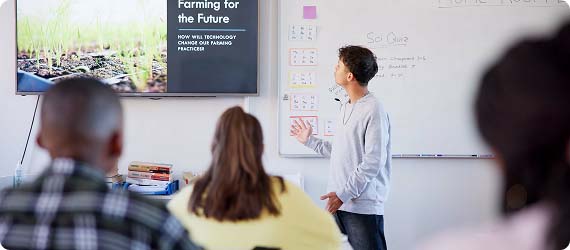


Field trips align with course modules such as Coasts, Hazards, Changing Places, and Contemporary Urban Environments. Use fieldwork to investigate sociological and economic influences on places and environments, visiting places in and outside of Leeds to enhance research skills – forming the foundation of your coursework. Day trips occur yearly, with a residential field course in the second year.
You’ll develop skills including understanding and interpreting statistics, research methods and cartography (the study of land), and engage in discussions on contemporary issues. The course is assessed through exams (80% of your final grade) in the second year and a fieldwork project (20%). Project topics vary widely, from the ‘Geography of Happiness’ to urban heat island studies.
Grade 9-5 in GCSE English or GCSE Geography.
There are many job opportunities for students as employers welcome the skills achieved in this A Level. Geography has a good reputation with universities and combines well with science and humanities degrees. A Level Geography can lead to further study of subjects such as environmental science.

Australia is wider than the moon: Australia's diameter from east to west is almost 4,000 kilometres (2,485 miles), while the moon's diameter is 3,400 kilometres (2,113 miles).